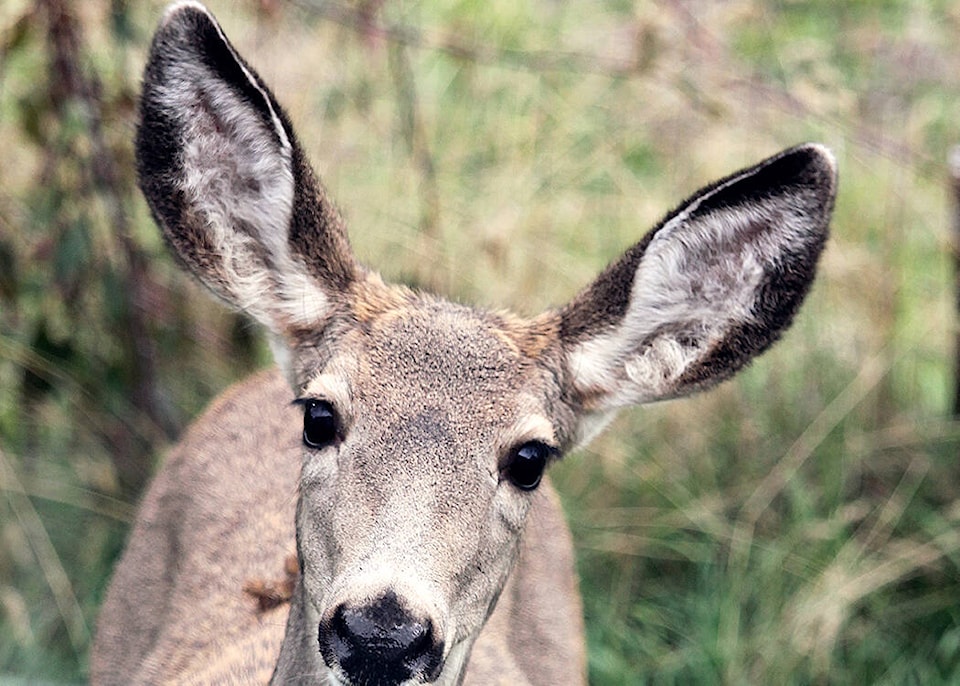The province is conducting a limited harvest of up to 25 deer in areas of southeast B.C. where two cases of a fatal wildlife disease was recently discovered near Cranbrook.
In January, lab tests came back positive for Chronic Wasting Disease (CWD); one was a female white tail deer that was roadkill on Highway 3 south of Cranbrook, while the second was from a male mule deer harvested in the South Country area.
The province’s harvest will be restricted to within 10 kilometres of the areas with the positive test cases, in an effort to gain more samples to determine the potential prevalence and spread of CWD in the southern East Kootenay.
The Ministry of Water, Land and Resource Stewardship is working with Yaq̓it ʔa·knuqⱡiʾit (Tobacco Plains Indian Band) to collect the deer samples. A wildlife permit stipulates the harvest of up to 20 mule deer (primarily males) and five white tail deer (only males) by March 31, 2024.
Following the results of testing, all animals with negative results will be used by the Yaq̓it ʔa·knuqⱡiʾit community or donated to food banks.
CWD affects cervids, such as deer, moose, elk, and caribou, and is a condition of the central nervous system caused by infectious agents called prions, which kill cells in the brain as they accumulate and lead to neurological disease.
Prions, a type of protein, also accumulate in other tissues and may be shed by the infected animal into water or on plants and bedding through saliva, urine and feces.
It is 100 per cent fatal with no known treatment.
However it is not known to affect humans or livestock, although public health guidance recommends that animals with CWD should not be consumed.
Animals that otherwise look completely healthy can be infected with CWD, while more visible symptoms may include weight loss, drooling, poor co-ordination, stumbling, or generally sick with no obvious reason.
After the two deer samples tested positive for CWD, the province implemented mandatory CWD testing, as well as restrictions on the transport and disposal of any road-killed cervids (deer, moose, elk, caribou) in the area where cases of the disease were first found.
CWD has been detected in other Canadian provinces such as Alberta and Saskatchewan, as well as into the Pacific northwest states such as Idaho and Montana. Since 2002, B.C. has conducted a surveillance and response program for chronic wasting disease to lessen the risk of the disease spreading into the province.
